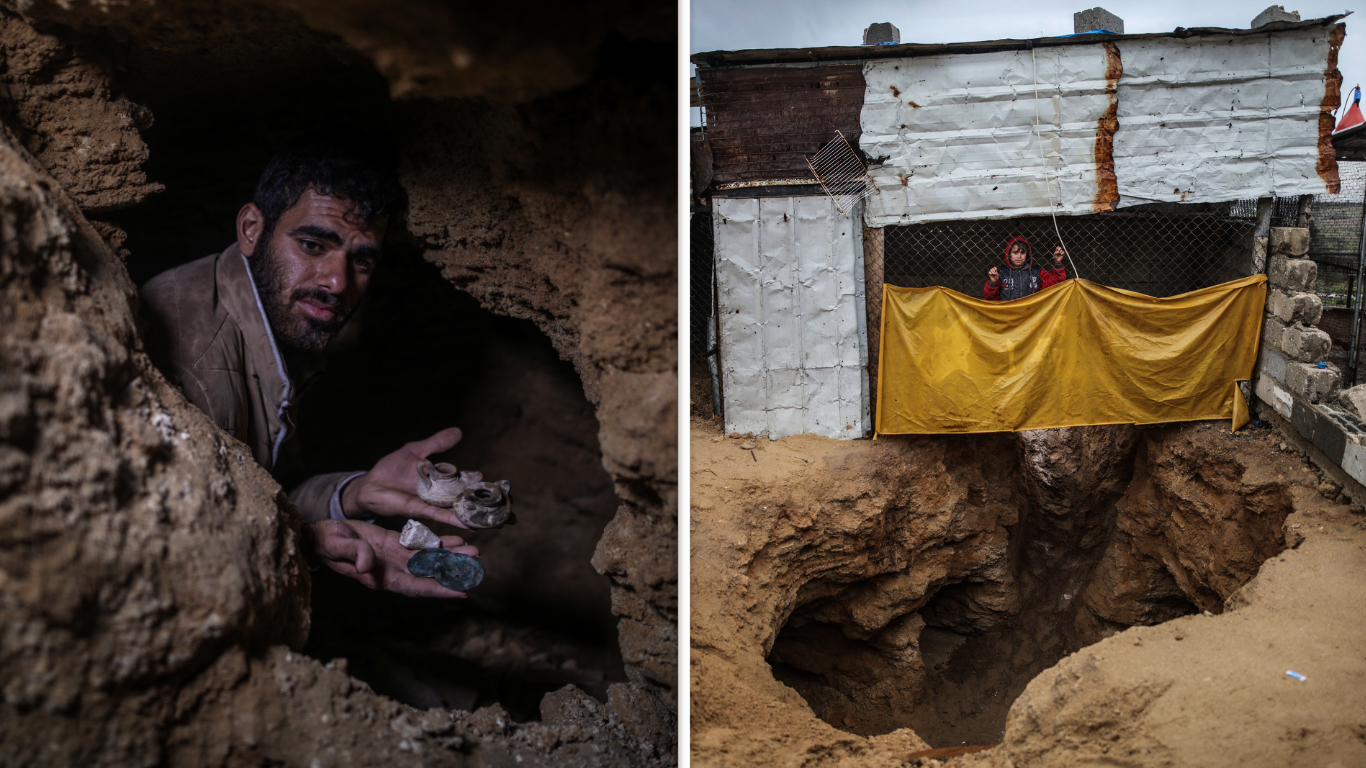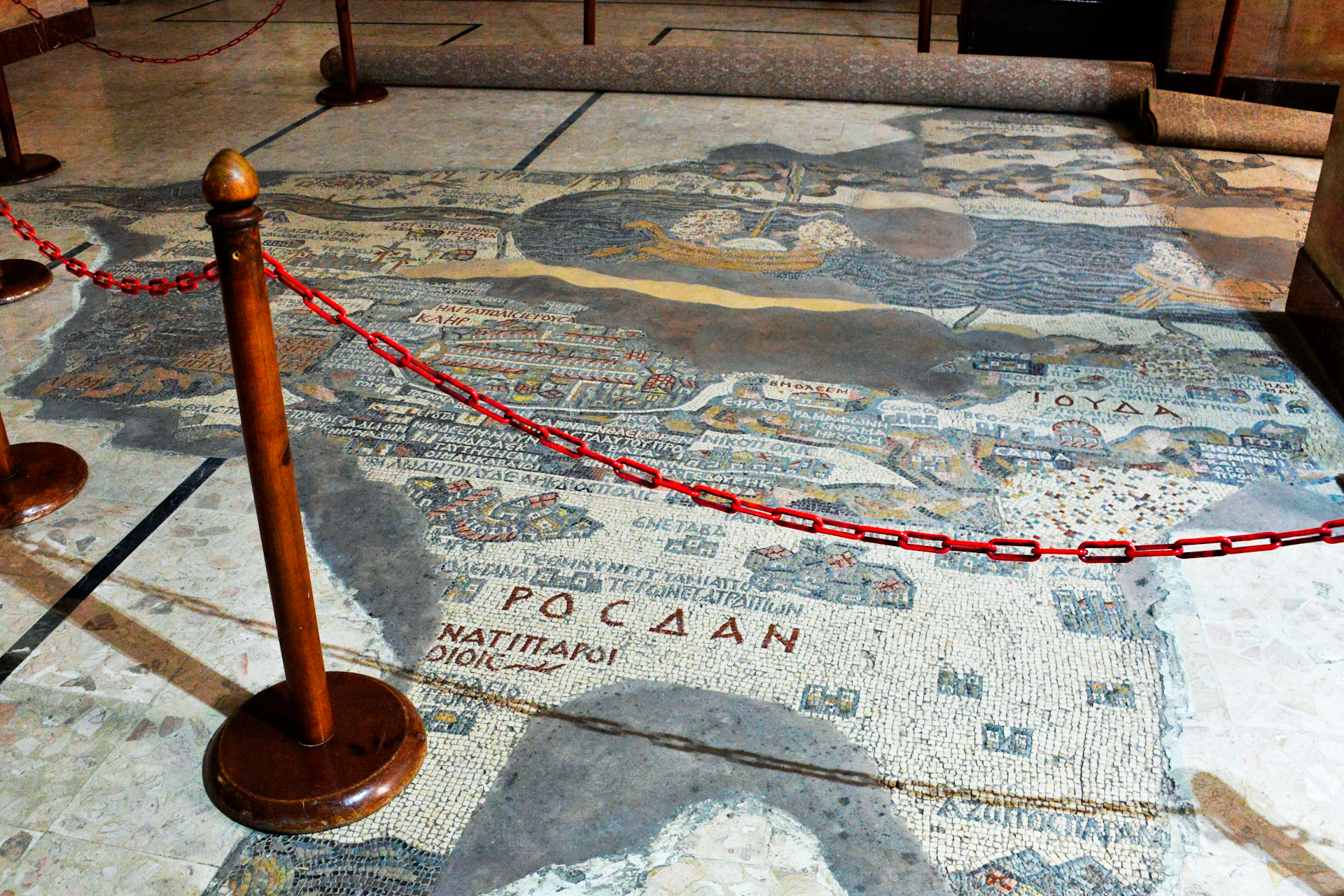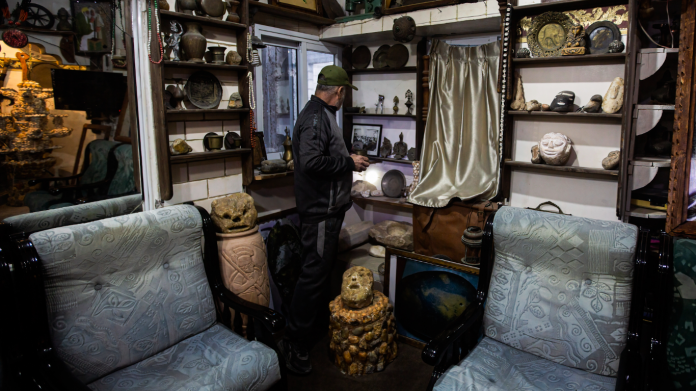There needs to be a particularly high standard of cynicism and cruelty to rob destitute people. In many ways, this is what capitalism is all about. But to use the fact that people are near ruin to exploit them is as cold as it gets.
People in Gaza are confined to living with few resources in what amounts to a prison. They are permitted levels of nutrition and medicine that are just enough to prevent total starvation and disease. This is only because Israel, which controls the piece of land known as the Gaza Strip, does not want disease to spread into its own borders.
Exploiting Gazans
Israel exploits the suffering of Gazans in order to recruit collaborators and garner whatever intelligence they may be able to provide. It is well known that people in Gaza who are in need of permits for medical care for themselves or their children are often asked to work for the Israeli authorities as informants.
While all of these are expressions of cruelty, brutality and racism, here we are actually discussing another issue, one of unimaginable historic value. For years, Gaza has been robbed of priceless archaeological treasures that will very likely end up in an Israeli museum or in the private collections of the wealthy.
A History of wealth
Gaza has been an important and wealthy city since the days of antiquity. It is obvious that archeological treasures of immense value lay buried under the ground of the city and its surroundings.
According to sources from Gaza who shall remain unnamed, there is a criminal and highly immoral network of diplomats, journalists and people working in non-governmental organizations who smuggle these immeasurably valuable artifacts out of the strip. Once they are out, these ancient artifacts are sold to the highest bidder.
There are several Israeli institutions that hold archeological treasures stolen from all parts of Palestine, including Gaza. Two notable examples of this theft can be found right beside each other: the Israel Museum and the Israeli Lands of the Bible Museum in occupied West Jerusalem.

But the treasures discussed here are being dug out of people’s backyards and the immense tunnels that crisscross the Gaza Strip. Rather than remain in the hands of Palestinians, they are being bought and sold as commodities, and there is a very real risk that Gaza will lose some of its greatest archeological treasures.
A friend showed me a picture of gold coins found in someone’s garden. Gold coins with images of pharaohs, others with Roman emperors. Since unemployment was skyrocketing in the area, the person who dug them from the ground wanted cash for these items, just so he could keep food on the table.
Disregard for the Palestinian people
The immense loss of life and lack of freedom for people in Gaza is paramount. It is the result of a total disregard for the life of Palestinians. The great theft of items from Gaza also comes from disregard for the past and the possible future of its people. This is not a criticism of those who are trying to feed their children; it is an indictment of a world that will enrich itself by exploiting people’s lack of options.
People who smuggle these treasures from the Gaza Strip must know that these invaluable artifacts will never return to their rightful owners. Instead, they will adorn the private collections of greedy men and women who will, from time to time, donate an item to a museum or allow the artifacts to be displayed and be rewarded with plaques and accolades for their “generosity.”
As these collectors of stolen artifacts enjoy them and share them with others, the people of Gaza are bleeding what may be the last treasure they have; their rich history and the artifacts that this history has buried for future generations to find.
A City of great importance
Gaza was known to be the home of great universities. It is well known that the sons of Greek and Roman Noblemen would be sent there to study. It was a wealthy city, both in trade and in culture. Later on, it also became an important center for monastic Christian traditions.
The famous Madaba Map at Saint George’s church in Madaba, Jordan, is a mosaic map considered to be the oldest of its kind in the world. Dating back to the 6th century AD, it is the oldest surviving original cartographic depiction of the Holy Land, depicts it stretching from Lebanon all the way to the Nile delta. Jerusalem is shown in great detail.

The Nakba as a force of destruction
Sitting on the coast of the Mediterranean Sea, slightly broken from the wear and tear of the years, the map shows the city of Gaza. Based on the size and the detail that Gaza is depicted, it was clearly a city of some importance. However, what do people today know of Gaza and its glory? Nothing.
The Nakba, which was recently commemorated, though totally inadequately, is a process of destruction and genocide that has been going on for three-quarters of a century. It is a phenomenon where an external, foreign power has taken over Palestine with the clear intention of destroying it and erasing its history by any, and all means necessary.
The Nakba is an act of terrorism aimed at genocide and erasure. It is arguably unprecedented in its scope and length of time. Gaza is unique in its position and in the conditions that exist within it, but the grand theft of Palestine and its riches is part and parcel of the Nakba throughout all of Palestine. Now, wicked, greedy people are taking advantage of the poverty and despair in Gaza in order to loot what may be its last bit of ancient historical wealth.
Feature photo | Ramadan Ahmed collects “wealth” of stones and archaeological rocks in Gaza. Yousef Masoud | Sipa via AP Images
Miko Peled is MintPress News contributing writer, published author and human rights activist born in Jerusalem. His latest books are”The General’s Son. Journey of an Israeli in Palestine,” and “Injustice, the Story of the Holy Land Foundation Five.”
The post The Cultural Looting of Gaza appeared first on MintPress News.
